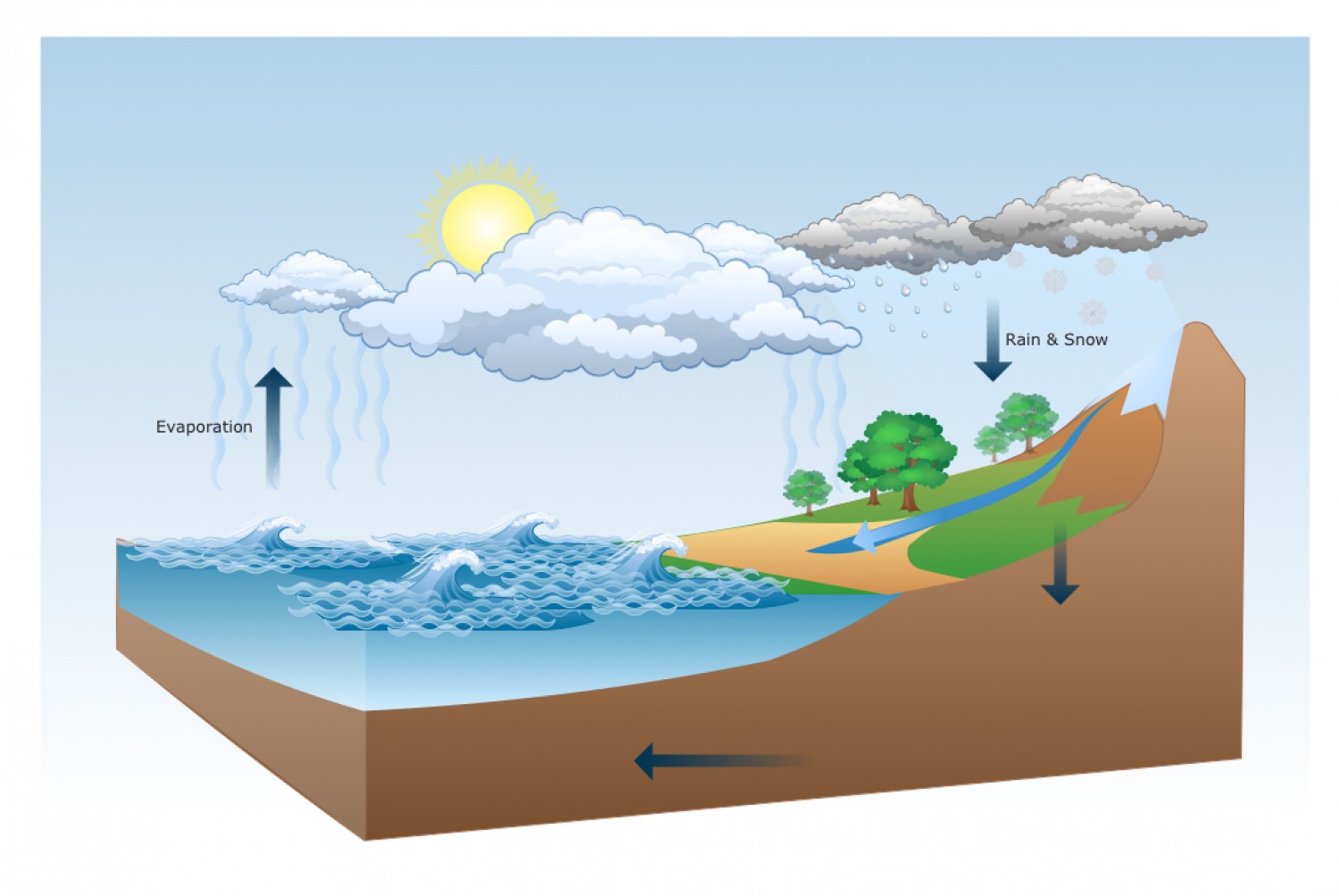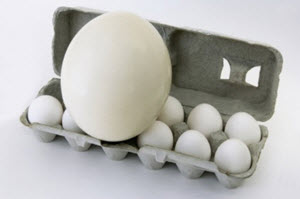Why re-frame?
McCoy might report
"It's MVC, Jim, but not as we know it".
And you would respond
"McCoy, you trouble maker, why even mention an OO pattern? re-frame is a functional framework."
Being a functional framework, re-frame is about data, and the (pure) functions which transform that data.
Derived Values, Flowing
This, milord, is my family's axe. We have owned it for almost nine hundred years, see. Of course, sometimes it needed a new blade. And sometimes it has required a new handle, new designs on the metalwork, a little refreshing of the ornamentation ... but is this not the nine hundred-year-old axe of my family? And because it has changed gently over time, it is still a pretty good axe, y'know. Pretty good.
-- Terry Pratchett, The Fifth Elephant
reflecting on identity, flow and derived values
Why Should You Care?
Perhaps:
- You want to develop an [SPA] in ClojureScript, and you are looking for a framework.
- You believe Facebook did something magnificent when it created React, and
you are curious about the further implications. Is the combination of
reactive programming,functional programmingandimmutable datagoing to completely change everything? And, if so, what would that look like in a language that embraces those paradigms? - You're taking a Functional Design and Programming course at San Diego State University and you have a re-frame/reagent assignment due. You've left the reading a bit late, right?
- You know Redux, Elm, Cycle.js or Pux and you're
interested in a ClojureScript implementation, with a data oriented design.
In this space, re-frame is very old, hopefully in a Gandalf kind of way.
First designed in Dec 2014, it even slightly pre-dates the official Elm Architecture,
although thankfully we were influenced by early-Elm concepts like
foldpandlift, as well as terrific Clojure projects like Pedestal App, Om and Hoplon. Since then, re-frame has pioneered ideas like event handler middleware, coeffect accretion, and de-duplicated signal graphs. - Which is a lovely segue into the most important point: re-frame is impressively buzzword compliant. It has reactivity, unidirectional data flow, pristinely pure functions, interceptors, coeffects, conveyor belts, statechart-friendliness (FSM) and claims an immaculate hammock conception. It also has a charming xkcd reference (soon) and a hilarious, insiders-joke T-shirt, ideal for conferences (in design). What could possibly go wrong?
It is a loop
Architecturally, re-frame implements "a perpetual loop".
To build an app, you hang pure functions on certain parts of this loop,
and re-frame looks after the conveyance of data
around the loop, into and out of the transforming functions you
provide - hence a tag line of "Derived Values, Flowing".
It does Physics
Remember this diagram from school? The water cycle, right?

Two distinct stages, involving water in different phases, being acted upon by different forces: gravity working one way, evaporation/convection the other.
To understand re-frame, imagine data flowing around that loop instead of water.
re-frame provides the conveyance of the data around the loop - the equivalent of gravity, evaporation and convection. You design what's flowing and then you hang functions off the loop at various points to compute the data's phase changes.
Sure, right now, you're thinking "lazy sod - make a proper Computer Science-y diagram". But, no. Joe Armstrong says "don't break the laws of physics" - I'm sure you've seen the videos - and if he says to do something, you do it (unless Rich Hickey disagrees, and says to do something else). So, this diagram, apart from being a plausible analogy which might help you to understand re-frame, is practically proof it does physics.
It is mature and proven in the large
re-frame was released in early 2015, and has since been successfully used by quite a few companies and individuals to build complex apps, many running beyond 40K lines of ClojureScript.

Scale changes everything.
Frameworks are just pesky overhead at small scale - measure them instead by how they help you tame the complexity of bigger apps, and in this regard re-frame has worked out well. Some have been effusive in their praise.
Having said that, re-frame remains a work in progress and it falls short in a couple of ways - for example it doesn't work as well as we'd like with devcards, because it is a framework, rather than a library. We're still puzzling over some aspects and tweaking as we go. All designs represent a point in the possible design space, with pros and cons.
And, yes, re-frame is fast, straight out of the box. And, yes, it has a good testing story (unit and behavioural). And, yes, it works in with figwheel to create a powerful hot-loading development story. And, yes, it has fun specialist tooling, and a community, and useful 3rd party libraries.
It Leverages Data
You might already know that ClojureScript is a modern lisp, and that lisps are homoiconic. If not, you do now.
The homoiconic bit is significant. It means you program in a lisp by creating and assembling lisp data structures. Think about that. You are programming in data. The functions which later manipulate data, start as data.
Clojure programmers place particular emphasis on the primacy of data. When they aren't re-watching Rich Hickey videos, and wishing their hair was darker and more curly, they meditate on aphorisms like "Data is the ultimate in late binding".
I cannot stress enough what a big deal this is. It can seem like a syntax curiosity at first but, when the penny drops for you on this, it tends to be a profound moment. And once you understand the importance of this concept at the language level, you naturally want to leverage similar power at the library level.
So, it will come as no surprise, then, to know that re-frame has a data oriented design. Events are data. Effects are data. DOM is data. The functions which transform data are registered and looked up via data. Interceptors (data) are preferred over middleware (higher order functions). Etc.
Data - that's the way we roll.